
Find Help
More Items From Ergsy search
-

What are UVA and UVB rays?
Relevance: 100%
-

Which factor sunscreen should I use?
Relevance: 36%
-

What SPF level is recommended to prevent sunburn?
Relevance: 35%
-

What SPF should I use if I am going to be outdoors all day?
Relevance: 34%
-

Is a higher SPF always better?
Relevance: 34%
-
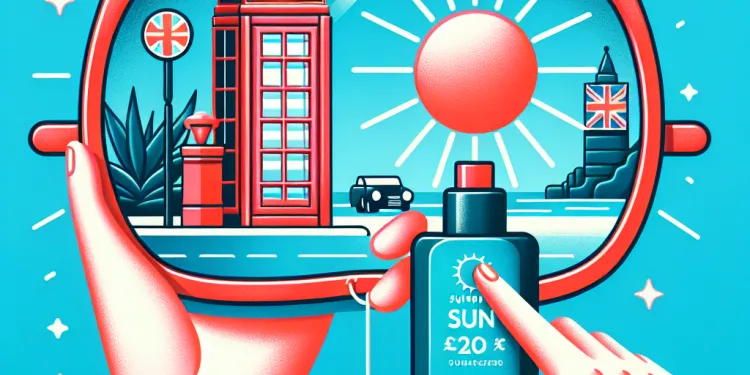
What is sunburn?
Relevance: 31%
-

What causes sunburn?
Relevance: 31%
-

Does water reflect UV rays, increasing the risk of sunburn?
Relevance: 30%
-

Can makeup with SPF replace sunscreen?
Relevance: 30%
-

Do I need sunscreen on cloudy days?
Relevance: 29%
-
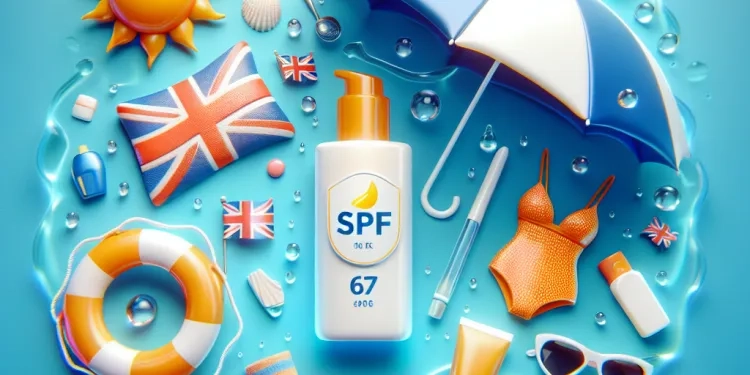
Do I need a different SPF for water-related activities?
Relevance: 29%
-

What is UV radiation?
Relevance: 27%
-

What is Sunburn?
Relevance: 25%
-

What does SPF stand for?
Relevance: 24%
-
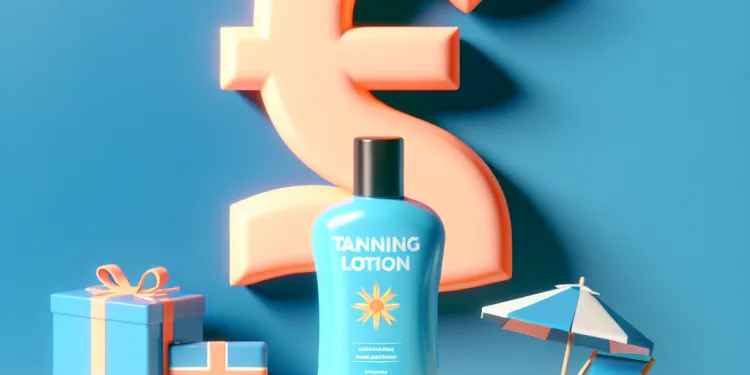
Does tanning lotion prevent sunburn?
Relevance: 24%
-
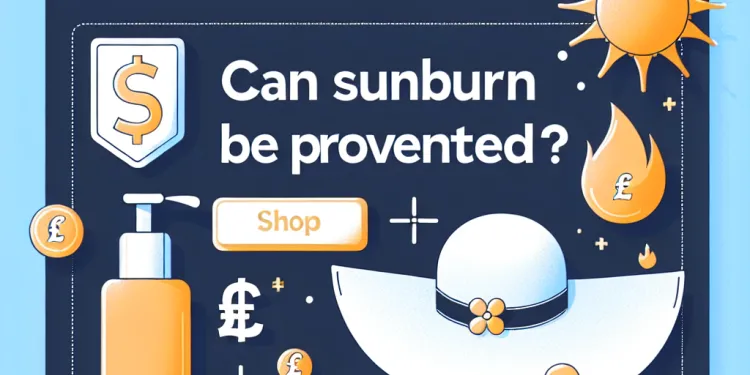
Can sunburn be prevented?
Relevance: 23%
-

At what time of day is the sunburn risk highest?
Relevance: 22%
-
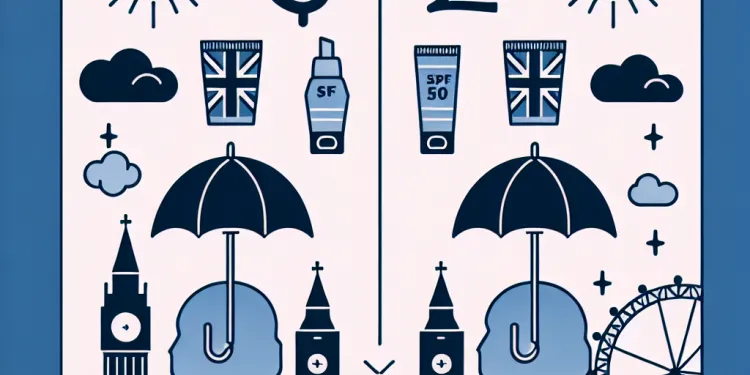
How does sunscreen with SPF 20 compare to SPF 50?
Relevance: 21%
-

What SPF should I use if I have sensitive skin?
Relevance: 20%
-
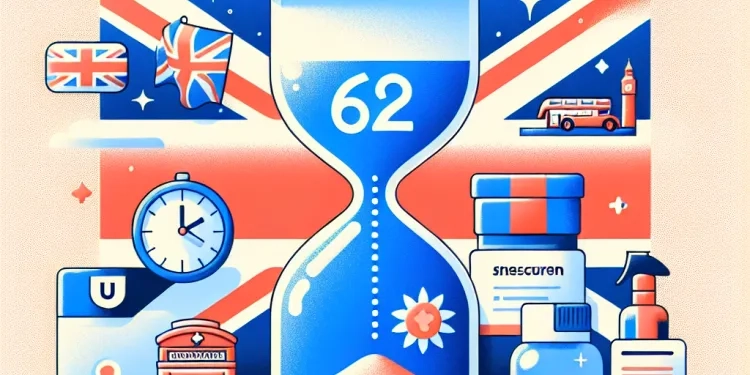
Does sunscreen expire?
Relevance: 19%
-

How often should I reapply sunscreen?
Relevance: 19%
-
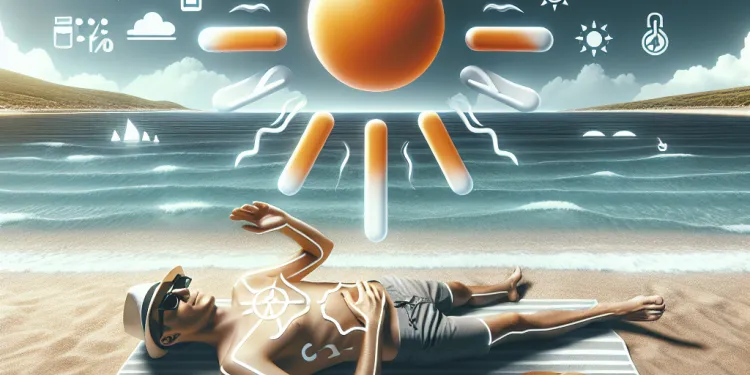
Can sunburns cause permanent damage?
Relevance: 19%
-

Which sunscreen should I use?
Relevance: 19%
-

What's the difference between chemical and physical sunscreens?
Relevance: 18%
-

Should I use a different SPF for my face and body?
Relevance: 18%
-

Can dark-skinned individuals get sunburned?
Relevance: 18%
-

What SPF is best for children?
Relevance: 17%
-

Can sunburn turn into a tan?
Relevance: 17%
-

What treatment options are available for psoriasis?
Relevance: 17%
-
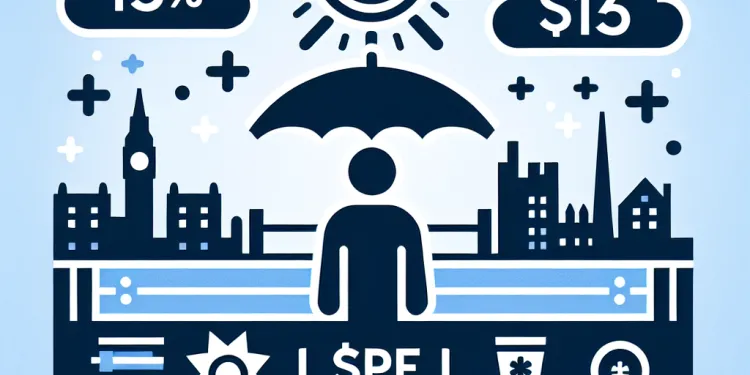
Is SPF 15 enough for everyday use?
Relevance: 16%
-

Is it possible to get sunburned on cloudy days?
Relevance: 15%
-
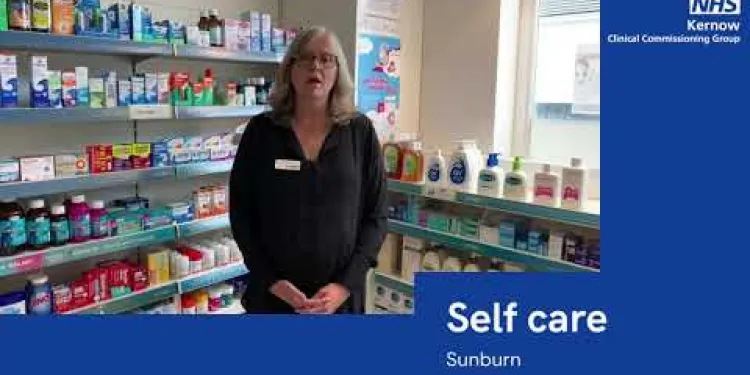
Self care - sunburn
Relevance: 15%
-
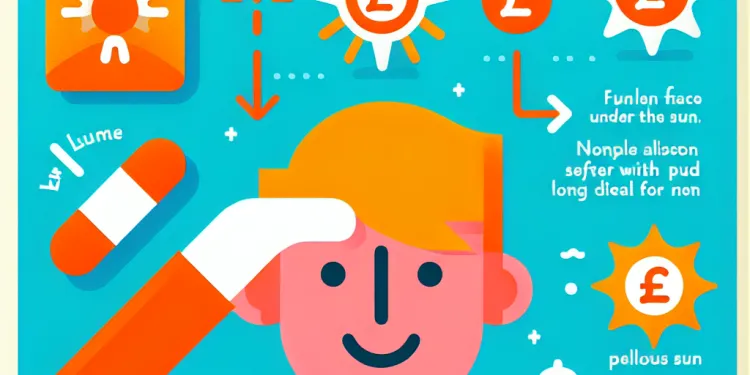
What are the long-term effects of sunburn?
Relevance: 14%
-

Are some people more prone to sunburn?
Relevance: 12%
-

What should I wear during a heatwave?
Relevance: 11%
-

Can phototherapy help with psoriasis?
Relevance: 10%
-

Can I use expired sunscreen?
Relevance: 10%
-
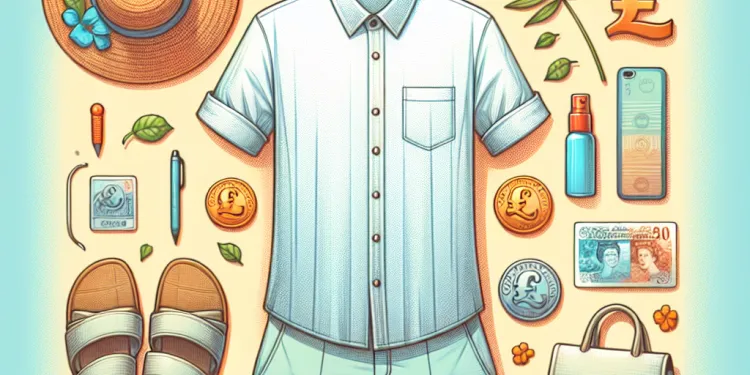
What should I wear to stay cool in hot weather?
Relevance: 9%
-

How can I keep children safe during a heatwave?
Relevance: 9%
-
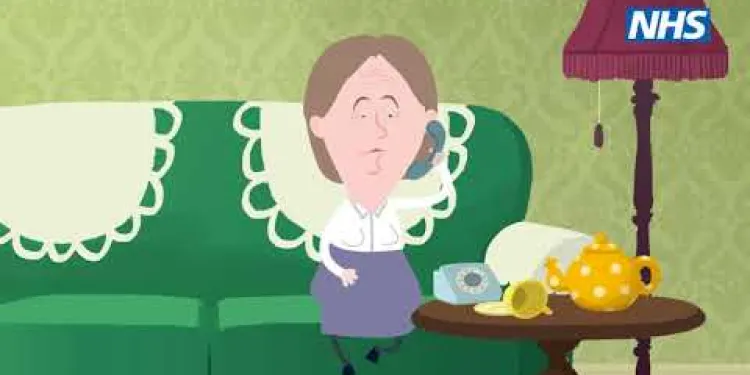
West Midlands LEHN Animated Video on Eye Health
Relevance: 8%
Understanding UVA and UVB Rays
Ultraviolet (UV) radiation is a form of energy emitted by the sun and artificial sources like tanning beds. It is classified into three types: UVA, UVB, and UVC. Here, we focus on UVA and UVB rays, as UVC rays are mostly absorbed by the Earth's ozone layer and do not reach the surface.
What Are UVA Rays?
UVA rays account for approximately 95% of the UV radiation that reaches the Earth's surface. They have a longer wavelength, ranging between 320 and 400 nanometers, and can penetrate deeper into the skin's layers. UVA rays are present with relatively equal intensity throughout the day and the entire year. They can penetrate through clouds and glass, meaning exposure occurs even indoors or on cloudy days.
Long-term exposure to UVA radiation is known to cause skin aging, such as wrinkles and age spots, due to its ability to penetrate the skin deeply. Although less intense than UVB, UVA can still contribute to the development of skin cancer as it can damage skin cells over time.
What Are UVB Rays?
UVB rays are more intense than UVA rays and have a shorter wavelength, between 290 and 320 nanometers. These rays primarily affect the outermost layers of the skin. Unlike UVA rays, UVB intensity varies with the time of day, season, and location. They are strongest in the UK during the spring and summer months, between 10 a.m. and 4 p.m.
UVB radiation is responsible for causing sunburn. It plays a significant role in the development of skin cancer, including malignant melanoma, due to its more direct impact on skin DNA. While UVB rays do not penetrate glass like UVA rays, they are partially absorbed by the atmosphere, which reduces their intensity on cloudy or overcast days.
Protecting Yourself from UV Rays
To protect yourself from excessive UV exposure, it is important to apply a broad-spectrum sunscreen with a high SPF rating when spending time outdoors. This type of sunscreen protects against both UVA and UVB rays. Wearing protective clothing, hats, and sunglasses can also shield your skin and eyes from harmful UV rays.
Additionally, seeking shade during peak sunlight hours, from 10 a.m. to 4 p.m., can reduce the risk of overexposure. Checking UV index reports before outdoor activities can help you understand the strength of UV radiation and take appropriate precautions.
Conclusion
Understanding UVA and UVB rays and their effects on the skin is crucial for skin care and cancer prevention. While they both contribute to skin damage and cancer, their characteristics and impacts differ. Being aware of these differences and following sun safety guidelines can significantly reduce your risk of UV-related health issues.
Understanding UVA and UVB Rays
The sun gives off energy called ultraviolet (UV) rays. Tanning beds also give off UV rays. There are three types of UV rays: UVA, UVB, and UVC. We will talk about UVA and UVB rays. UVC rays don't reach us because the Earth's ozone layer blocks them.
What Are UVA Rays?
UVA rays are most of the UV rays that reach us from the sun. They are 95% of the total UV rays. These rays are long and can go deep into our skin. UVA rays are strong all day and throughout the year. They can even get through clouds and glass, so we can be exposed indoors or on cloudy days.
Being in the sun for a long time can make the skin age, causing wrinkles and age spots. UVA rays can still harm our skin over time and might lead to skin cancer.
What Are UVB Rays?
UVB rays are stronger than UVA rays but don't go as deep into the skin. They have shorter waves. UVB rays are strong on sunny days, especially between 10 a.m. and 4 p.m., in the spring and summer. UVB rays cause sunburn and can lead to skin cancer. They do not go through glass and are less strong on cloudy days.
Protecting Yourself from UV Rays
To stay safe from UV rays, use sunscreen that protects from both UVA and UVB rays. Use a sunscreen with a high SPF when you go outside. Wear hats, sunglasses, and clothes that cover your skin. Stay in the shade when the sun is strongest, from 10 a.m. to 4 p.m. You can also check the UV index to know how strong the sun's rays are before going outside.
Conclusion
Learning about UVA and UVB rays helps us take care of our skin and avoid skin cancer. They both can hurt our skin, but they are different. Following sun safety tips can keep your skin healthy.
Frequently Asked Questions
What are UVA and UVB rays?
UVA and UVB rays are types of ultraviolet radiation emitted by the sun. UVA rays penetrate the skin deeply and can contribute to premature aging, while UVB rays mainly affect the surface of the skin and are responsible for sunburn.
How do UVA rays affect the skin?
UVA rays can penetrate deep into the skin and damage collagen and cells, leading to premature aging, wrinkles, and potentially increasing the risk of skin cancer.
How do UVB rays affect the skin?
UVB rays primarily affect the outer layer of the skin and are the main cause of sunburn. They can also contribute to skin cancer development.
What is the difference between UVA and UVB rays?
UVA rays have a longer wavelength, allowing them to penetrate deeper into the skin, causing aging and long-term damage. UVB rays have a shorter wavelength and primarily cause sunburn and directly damage the DNA in skin cells.
Which is more harmful, UVA or UVB rays?
Both UVA and UVB rays are harmful, but in different ways. UVA rays are associated with aging and long-term skin damage, while UVB rays are more directly linked to skin cancer and sunburn.
Can UVB rays penetrate through glass?
UVB rays are mostly blocked by glass, so they do not penetrate through windows effectively. However, UVA rays can pass through glass and still impact the skin.
Do UVA and UVB rays contribute to skin cancer?
Yes, both UVA and UVB rays contribute to skin cancer. UVB rays are directly responsible for DNA damage, while UVA rays contribute to mutations and damage over time.
Is UVA exposure higher during the day?
UVA exposure is relatively constant throughout the day but can be higher during midday when the sun is strongest.
Does sunscreen protect against UVA and UVB rays?
Yes, broad-spectrum sunscreens are designed to protect against both UVA and UVB rays by using a combination of chemical and physical UV filters.
How can I protect myself from UVA and UVB rays?
To protect yourself, use broad-spectrum sunscreen, wear protective clothing, hats, and sunglasses, and seek shade during peak sun hours.
Can UVA and UVB rays damage the eyes?
Yes, exposure to both UVA and UVB rays can damage the eyes, contribute to cataracts, and cause other eye-related issues. Wearing sunglasses with UV protection can help mitigate these risks.
Are UVA or UVB rays responsible for tanning?
UVA rays are primarily responsible for tanning as they penetrate the skin and stimulate melanin production, leading to a darker skin tone.
Do tanning beds emit UVA or UVB rays?
Tanning beds mainly emit UVA rays, but they can also emit some UVB rays. Both contribute to skin damage and increase skin cancer risk.
Are UVA rays present year-round?
Yes, UVA rays are present throughout the year, regardless of the season. They can penetrate clouds and glass, making protection important year-round.
Do clothes provide protection against UVA and UVB rays?
Clothes can provide some protection, but the effectiveness depends on the fabric type and weave. Tightly woven fabrics and specially designed UV-protective clothing offer better protection.
Is there a UV index for measuring UVA and UVB rays?
Yes, the UV index is a measure of the strength of UV radiation, including both UVA and UVB rays, on a given day. It helps individuals understand the risk level and take necessary precautions.
How does altitude affect UVA and UVB exposure?
At higher altitudes, UV exposure increases because there is less atmosphere to filter the rays. Both UVA and UVB exposure are higher in mountainous regions.
Can water reflect UVA and UVB rays?
Yes, water can reflect UV rays, increasing exposure to both UVA and UVB rays while swimming or near water bodies. It's important to use water-resistant sunscreen for protection.
Are UVA and UVB rays weaker on cloudy days?
Clouds can block some UV rays, but up to 80% of the UV radiation can still reach the surface, making it important to apply sunscreen even on cloudy days.
Can artificial light sources emit UVA and UVB rays?
Some artificial light sources, like tanning beds and certain types of lighting, can emit UV radiation. It's important to use protective measures when exposed to these sources.
What are UVA and UVB rays?
The sun sends out light called UV rays. There are two main types: UVA and UVB. They can hurt your skin if you are outside too long without protection.
Use sun cream, hats, and sunglasses to stay safe in the sun.
The sun gives off UVA and UVB rays. These are types of light you can't see. UVA rays go deep into your skin and can make your skin look older faster. UVB rays mostly hit the top of your skin and can cause sunburn.
What do UVA rays do to the skin?
UVA rays from the sun can harm our skin.
These rays can cause:
- Sunburns
- Wrinkles
- Skin damage
It's good to wear sunscreen. You can also wear a hat and long-sleeve shirts to protect your skin.
UVA rays can go deep into your skin. They can hurt your skin and make bad changes. This can cause your skin to look older with wrinkles. It might also make you more likely to get skin cancer.
What do UVB rays do to your skin?
UVB rays come from the sun. They can hurt your skin. It is like getting a sunburn.
Here are some tips to be safe in the sun:
- Wear a hat to protect your face.
- Use sunscreen to keep your skin safe.
- Stay in the shade when the sun is very hot.
If you use these tips, you can enjoy the sun safely!
UVB rays are a type of sunlight. They can cause sunburn on your skin. They can also help cause skin cancer.
What are UVA and UVB rays?
Sunlight has two types of rays called UVA and UVB. These rays can be different from each other.
UVA Rays: These rays go deep into your skin. They can cause skin to age, making it look older.
UVB Rays: These rays hit the top layer of your skin. They can cause sunburn.
Remember to wear sunscreen when you go outside. Sunscreen helps protect your skin from both UVA and UVB rays.
You can use apps or timers as a reminder to reapply sunscreen every couple of hours, especially if you are swimming or sweating.
UVA rays go deeper into your skin. They can make your skin look old and cause damage over time. UVB rays don’t go as deep but can burn your skin and hurt the cells in your skin.
If reading is hard, try breaking down words, use audiobooks, or ask someone to read with you. These can help make reading easier.
What is worse for you: UVA rays or UVB rays?
Sunlight has two kinds of harmful rays: UVA and UVB. They can hurt your skin in different ways. UVA rays make your skin get older and cause long-term damage. UVB rays can give you sunburn and lead to skin cancer.
Can UVB Rays Go Through Glass?
UVB rays come from the sun. They can hurt your skin.
If you are inside and the sun is shining through the window, can UVB rays still reach you?
You can use special window films or curtains to stop UVB rays. Wearing sunscreen also helps keep your skin safe.
Ask an adult for help if you want to learn more about staying safe from UVB rays.
UVB rays are mostly stopped by glass, so they cannot go through windows easily. But UVA rays can go through glass and still affect your skin.
Do the sun's UVA and UVB rays cause skin cancer?
The sun gives off UVA and UVB rays.
These rays can hurt your skin.
They can sometimes cause skin cancer.
Here are some ways to protect your skin:
- Wear sunscreen.
- Stay in the shade when the sun is strong.
- Wear hats and sunglasses.
Yes, sunlight can hurt your skin. There are two types of rays from the sun: UVA and UVB.
UVB rays can hurt your skin cells and DNA right away. This can sometimes lead to skin cancer.
UVA rays can cause damage over a longer time. They can change your skin and also lead to cancer.
It's a good idea to use sunscreen and wear hats or sunglasses when you are outside to protect your skin. You can also stay in the shade to help keep your skin safe.
Is the sun's UVA stronger in the daytime?
The sun can be strong all day, but it is strongest in the middle of the day. This strong sunlight is called UVA.
Does sunscreen keep you safe from UVA and UVB rays?
Sunscreen is like a special cream. It helps keep your skin safe from the sun.
There are two kinds of sun rays: UVA and UVB. These rays can hurt your skin.
Some sunscreens protect you from both UVA and UVB rays. Look for "broad-spectrum" on the bottle. That means it helps against both rays.
When you use sunscreen, follow these tips:
- Put it on all parts of your skin that see the sun.
- Use it 20 minutes before going outside.
- Put more on every 2 hours, especially if you swim or sweat.
If you need help, ask an adult for advice about sunscreen. Enjoy the sun safely!
Yes, some sunscreens can keep you safe from both UVA and UVB rays. These are called broad-spectrum sunscreens. They do this by using special ingredients that block the sun’s rays.
How can I stay safe from UVA and UVB rays?
Here are some easy ways to protect yourself from the sun:
- Wear sunscreen: Put on sunscreen before going outside. Make sure it protects you from both UVA and UVB rays.
- Use a hat: Wear a hat to keep the sun off your face.
- Find shade: Stay under trees or use an umbrella to stay out of the sun.
- Wear sunglasses: Protect your eyes with sunglasses.
- Wear long clothes: Cover your skin with long-sleeved shirts and pants.
- Avoid peak sun times: Try to stay inside when the sun is strongest, usually from 10 a.m. to 4 p.m.
These tips can help keep your skin safe. Ask someone you trust for help if you need it.
To stay safe in the sun, do these things:
- Put on sunscreen that protects from all kinds of sun rays.
- Wear clothes that cover your skin.
- Wear a hat and sunglasses.
- Stay in the shade when the sun is very strong.
Can sunlight hurt your eyes?
Sunlight has strong rays called UVA and UVB. These rays can harm your eyes. It is important to keep your eyes safe.
Here are some ways to protect your eyes:
- Wear sunglasses that block UVA and UVB rays.
- Put on a hat with a wide brim to shade your eyes.
- Try not to look directly at the sun.
Ask an adult for help if you want to learn more!
Yes, being in the sun can hurt your eyes. The sun has UVA and UVB rays that can cause problems like cataracts. Cataracts can make it hard to see. Wearing sunglasses with UV protection can help keep your eyes safe.
What makes your skin tan: UVA or UVB rays?
Both UVA and UVB rays come from the sun.
UVA rays make your skin tan and also cause wrinkles.
UVB rays can burn your skin and might cause red spots.
To help understand better, you can:
- Look at pictures that show UVA and UVB effects.
- Use apps or websites that explain in simple words.
Always wear sunscreen to stay safe from both UVA and UVB rays!
UVA rays make your skin tan. They go deep into your skin and make more melanin. Melanin makes your skin look darker.
Do tanning beds have UVA or UVB rays?
Tanning beds give off special lights called UV rays. There are two types: UVA and UVB. Both can hurt your skin. It's important to be careful when using tanning beds.
Here are some helpful tools you can use:
- Ask an adult or friend for help if you have questions.
- Look at pictures to understand more about UV rays.
- Use audiobooks or videos to learn in a different way.
Tanning beds give off light called UVA rays. Sometimes they also give off some UVB rays. Both types of rays can hurt your skin and make you more likely to get skin cancer.
Are UVA rays around all year?
Yes, UVA rays are there every day, even in winter.
Tools to help: Use a UV app to check UV levels. Wear sunscreen and sunglasses to protect your skin and eyes.
Yes, UVA rays are in the sun all year, no matter what season it is. They can go through clouds and glass, so it's important to protect yourself from them all year.
Do clothes keep us safe from the sun?
Some clothes can help keep your skin safe from the sun's strong rays. These rays are called UVA and UVB. Wearing a hat and long sleeves can be good.
You can use sunscreen too for extra protection.
Ask an adult to help you choose the right clothes when it's sunny. They might use a special tool called a "UV meter" to check if clothes block the sun's rays well.
Clothes can help keep you safe from the sun. But how well they work depends on the type of material. Clothes made from tightly woven fabric and special sun-safe clothes protect you better.
Is there a number to check how strong the sun's rays are?
We can use a special number that tells us how strong the sun's rays are. This number helps us know if the sun is safe or if we need to be careful.
The number is called the UV index. It checks two types of sun rays: UVA and UVB.
Here are some ways to stay safe in the sun:
- Wear sunscreen to protect your skin.
- Put on a hat to cover your head.
- Wear sunglasses to protect your eyes.
- Stay in the shade when the sun is very strong.
Using these tips, you can enjoy the sun safely!
Yes, the UV index tells you how strong the sun's rays are today. This includes both UVA and UVB rays. It helps you know how careful you need to be in the sun.
How does height affect UVA and UVB exposure?
As you go higher up in the sky, like in the mountains, the sunlight can be stronger.
Two types of sunlight you need to know about are called UVA and UVB. They can be stronger at higher places.
This means you might get sunburned faster. Make sure to wear sunscreen and a hat to protect your skin.
Using things like sunglasses can help protect your eyes too!
When you go up high in the mountains, there is more sun. This is because there is less air to block the sun. The sun's rays are stronger up there.
Can water bounce back UVA and UVB rays?
UVA and UVB are types of rays from the sun. Can water send these rays back, like a mirror?
Tip: Wear sunglasses and sunscreen to protect yourself from these rays.
Yes, water can bounce back UV rays. This means you can get more UVA and UVB rays when you are swimming or near water. It is important to use sunscreen that doesn't wash off in water to protect your skin.
Do Cloudy Days Have Weaker UVA and UVB Rays?
Clouds can stop some UV rays. But a lot of UV rays (up to 80%) can still get through. This is why you should wear sunscreen even when it's cloudy outside.
Can man-made lights give off UVA and UVB rays?
Some lights made by people can give off UVA and UVB light. These are types of light you can’t see but can feel on your skin.
Tools to help you understand better:
- Use a flashlight to see how light works.
- Draw a picture of the sun and lamps to see how they are different.
- Ask an adult if you have questions.
Some lights, like tanning beds and special lamps, can make UV rays. It's important to stay safe when you are near these lights.
Useful Links
- Ergsy carfully checks the information in the videos we provide here.
- Videos shown by Youtube after a video has completed, have NOT been reviewed by ERGSY.
- To view, click the arrow in centre of video.
- Most of the videos you find here will have subtitles and/or closed captions available.
- You may need to turn these on, and choose your preferred language.
- Go to the video you'd like to watch.
- If closed captions (CC) are available, settings will be visible on the bottom right of the video player.
- To turn on Captions, click settings .
- To turn off Captions, click settings again.
More Items From Ergsy search
-

What are UVA and UVB rays?
Relevance: 100%
-

Which factor sunscreen should I use?
Relevance: 36%
-

What SPF level is recommended to prevent sunburn?
Relevance: 35%
-

What SPF should I use if I am going to be outdoors all day?
Relevance: 34%
-

Is a higher SPF always better?
Relevance: 34%
-

What is sunburn?
Relevance: 31%
-

What causes sunburn?
Relevance: 31%
-

Does water reflect UV rays, increasing the risk of sunburn?
Relevance: 30%
-

Can makeup with SPF replace sunscreen?
Relevance: 30%
-

Do I need sunscreen on cloudy days?
Relevance: 29%
-

Do I need a different SPF for water-related activities?
Relevance: 29%
-

What is UV radiation?
Relevance: 27%
-

What is Sunburn?
Relevance: 25%
-

What does SPF stand for?
Relevance: 24%
-

Does tanning lotion prevent sunburn?
Relevance: 24%
-

Can sunburn be prevented?
Relevance: 23%
-

At what time of day is the sunburn risk highest?
Relevance: 22%
-

How does sunscreen with SPF 20 compare to SPF 50?
Relevance: 21%
-

What SPF should I use if I have sensitive skin?
Relevance: 20%
-

Does sunscreen expire?
Relevance: 19%
-

How often should I reapply sunscreen?
Relevance: 19%
-

Can sunburns cause permanent damage?
Relevance: 19%
-

Which sunscreen should I use?
Relevance: 19%
-

What's the difference between chemical and physical sunscreens?
Relevance: 18%
-

Should I use a different SPF for my face and body?
Relevance: 18%
-

Can dark-skinned individuals get sunburned?
Relevance: 18%
-

What SPF is best for children?
Relevance: 17%
-

Can sunburn turn into a tan?
Relevance: 17%
-

What treatment options are available for psoriasis?
Relevance: 17%
-

Is SPF 15 enough for everyday use?
Relevance: 16%
-

Is it possible to get sunburned on cloudy days?
Relevance: 15%
-

Self care - sunburn
Relevance: 15%
-

What are the long-term effects of sunburn?
Relevance: 14%
-

Are some people more prone to sunburn?
Relevance: 12%
-

What should I wear during a heatwave?
Relevance: 11%
-

Can phototherapy help with psoriasis?
Relevance: 10%
-

Can I use expired sunscreen?
Relevance: 10%
-

What should I wear to stay cool in hot weather?
Relevance: 9%
-

How can I keep children safe during a heatwave?
Relevance: 9%
-

West Midlands LEHN Animated Video on Eye Health
Relevance: 8%